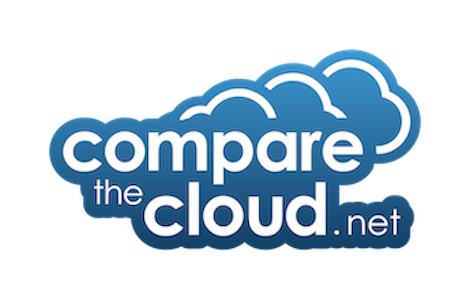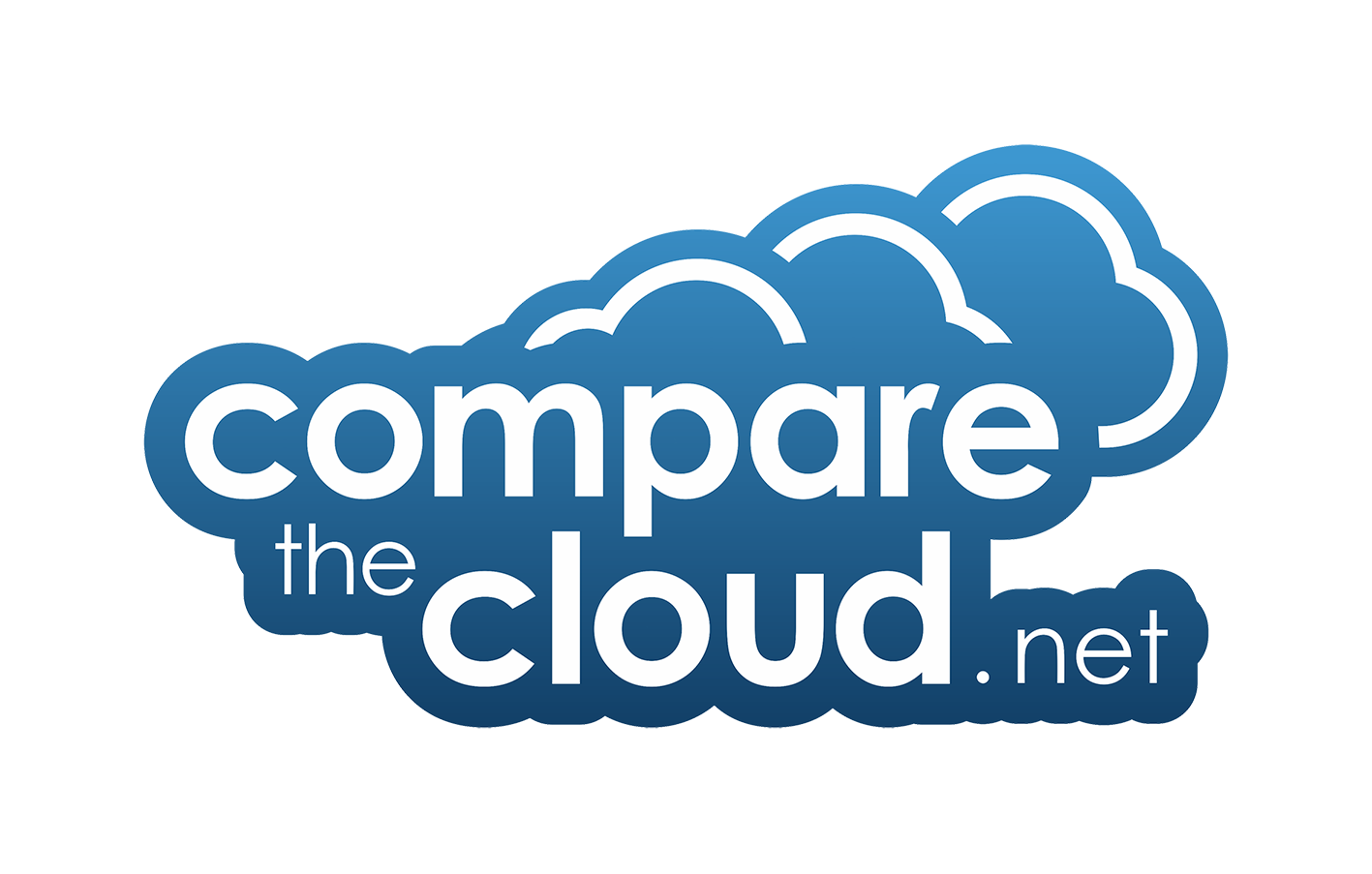Cloud computing has infiltrated practically every aspect of our lives, both at home and at work. From streaming our favourite box sets to accessing critical business applications, the cloud is ubiquitous. But is it something we should wholeheartedly embrace, or are there legitimate reasons to proceed with caution? Let’s revisit the pros and cons, grounding ourselves in the basics first.
Essentially, cloud computing allows you to store your files, software, and even entire applications remotely, rather than relying on a physical hard drive in your computer or an on-site server room. You’re almost certainly interacting with the cloud on a daily basis, even if you don’t consciously realise it. Services like Gmail, YouTube, Spotify, and even the iPlayer are all powered by the cloud. Businesses, too, can leverage the cloud, establishing their own private clouds, offering services that are accessible only to authorised personnel within the organisation, or creating public-facing services. Sounds attractive, doesn’t it? Let’s delve into the advantages, considering the landscape of 2025.
Pros of Cloud Computing in 2025
Enhanced Remote Access
This remains a cornerstone benefit. Employees can securely access data and applications from anywhere with an internet connection. Imagine a construction site manager accessing building plans on a tablet or a sales representative updating a CRM system from a client’s office. This promotes flexibility and enables remote working, a trend that’s only gained momentum in recent years.
Cross-Device Compatibility
Information is accessible from your laptop at home, your phone on the commute, or a tablet at a client’s site – provided, of course, you have a decent internet connection. This seamless accessibility is a huge boon for productivity.
Improved Collaboration
Teams can collaborate on documents and projects in real time, regardless of their location. Think of architects working simultaneously on a building design using a shared cloud-based platform. Collaboration platforms have become increasingly sophisticated, offering features like version control, commenting, and integrated video conferencing.
Rapid Deployment
Setting up cloud services is still remarkably quick and easy. Compare creating a new online account with setting up your own email server. It’s a world apart. This rapid deployment allows businesses to respond quickly to changing market needs.
Cost-Effectiveness
Cloud computing can be more cost-effective, particularly for smaller businesses. It eliminates the need to invest in expensive hardware and software licences. The “pay-as-you-go” model allows you to scale resources up or down as needed, only paying for what you actually use. However, it’s crucial to carefully monitor usage to avoid unexpected bills.
Scalability
The cloud offers virtually limitless storage capacity. You can easily increase or decrease your storage based on your needs by adjusting your subscription. This scalability is particularly useful for businesses that experience seasonal fluctuations in demand.
Automatic Updates
Cloud service providers handle software updates automatically, relieving the burden on internal IT teams and ensuring that users always have access to the latest features and security patches. This significantly reduces the risk of vulnerabilities caused by outdated software.
Cons of Cloud Computing in 2025
Now, let’s explore the potential downsides, which are equally important to consider:
Data Control and Security Concerns
You’re essentially entrusting your data to a third-party provider. While security measures have improved dramatically, data breaches and vulnerabilities remain a real concern. Robust security protocols, compliance certifications (like ISO 27001), and transparent data handling policies are absolutely crucial. You need to be confident that your provider is taking data protection seriously.
Vendor Lock-In
Dependency on a single cloud provider can limit your freedom. Migrating your data and applications to a new provider can be complex, time-consuming, and expensive. While tools and services to facilitate migration are improving, it’s still something to bear in mind. It pays to have an exit strategy.
Business Continuity Risks
Your business continuity and disaster recovery plans are heavily reliant on your provider’s capabilities. It’s essential to have robust Service Level Agreements (SLAs) that guarantee uptime and data recovery in case of emergencies. Regular data backups to geographically diverse server locations are vital. Ask your provider what their contingency plans are in the event of a major outage.
Provider Stability
What happens if your cloud provider goes bust, or is taken over by another company? Due diligence is essential when choosing a provider. Assess their financial stability and have a contingency plan in place. Don’t put all your eggs in one basket.
Data Security and Compliance
Ensuring your cloud provider can guarantee the security of your data and comply with relevant regulations (like GDPR and the UK Data Protection Act) is paramount. Data encryption, access controls, and regular security audits are essential. You need to be sure that your provider understands and adheres to the relevant legal frameworks.
Downtime Risks
Cloud servers can still experience outages. Redundancy, failover mechanisms, and geographically distributed data centres are crucial to minimise downtime. Carefully review your provider’s uptime guarantees and disaster recovery plans. What compensation is offered if they fail to meet their service level agreement?
Internet Dependency
Cloud computing is only as reliable as your internet connection. Ensure you have a robust and reliable internet connection with sufficient bandwidth. Consider having backup internet connections for critical operations. A power cut combined with a broadband outage can bring your business to a standstill.
Evolving Security Threats
Cloud environments are constantly targeted by increasingly sophisticated cyber threats. Robust security measures, including intrusion detection systems, firewalls, and regular security audits, are essential to protect against evolving threats. Security is an ongoing process, not a one-off task.
The Verdict in 2025
Cloud computing has come of age. Many of the initial anxieties have been alleviated through technological advancements, enhanced security measures, and more robust service-level agreements. Businesses are now more sophisticated in their approach to cloud adoption, meticulously evaluating providers and implementing appropriate security and governance policies.
Cloud computing is undeniably a critical component of the future for businesses of all sizes. The key is to approach it strategically, carefully weighing the pros and cons, selecting the right provider for your specific needs, and implementing robust security measures to mitigate the risks. As someone might say, the cloud is here to stay! The real question is no longer if you should embrace the cloud, but how to do so safely, responsibly, and effectively.
So, what is cloud computing? Should I be embracing it or sheltering from it? Whenever I’m faced with a question like this, I always find it comforting to make a list of the pros and cons, but before I do this, let’s start with some basics. Cloud computing, in its simplest terms, enables you to store files and software remotely rather than on a hard drive or server in the office. You may not know it, but you are probably using the cloud every day in your life.
Services such as Gmail, Hotmail, Skype, YouTube, Vimeo and SoundCloud all operate in the Cloud. So if all these services are using the Cloud, it should be safe, shouldn’t it? OK, it’s nearly time for that list. It’s now possible for businesses to have their own private cloud, which incorporates specific services and is only accessible to selected people. Sounds good, doesn’t it? Let’s look at the Pros of Cloud Computing:
- Employees can access data and files they need, even when they are working remotely or outside of office hours.
- Assuming they can get onto the internet employees can access information from home, in the car, from customer’s offices, and from their smart phone.
- Employees can work collaboratively on files and documents even when they are not together. Documents can be viewed and edited at the same time from different locations.
- Setting up cloud computing can be very quick and easy. If you think about how easy it is to set up a Gmail or Hotmail account and be up and running in comparison to installing software which can be time consuming.
Cloud computing can be cheaper – you don’t have to buy and install software because it’s already installed online remotely.
You don’t need loads of disk space. With cloud computing, you subscribe to the software rather than own it, which means it works a bit like pay-as-you-go. You only pay for what you use and you can scale this up and down depending on your requirements.
Cloud computing can offer unlimited data storage because it is online. It is not restricted by server and hard drive limits, and there are no issues with server upgrades, etc. If you need more data you just up your subscription fee.
Sounds like a no-brainer so far, doesn’t it? With all of the above benefits, why wouldn’t I embrace the Cloud? Let’s have a look at some of the Cons of Cloud Computing. After all, every silver lining has a Cloud, if you pardon the pun!
With the Cloud you do not physically possess storage of your own data, leaving the control and responsibility of your data storage with your Cloud provider. So it could be seen that this is a leap of faith.
- You could become completely dependent upon your cloud computing provider, taking away your freedom to some extent.
- Your business continuity and disaster recovery are in the hands of your provider. Do you trust them enough?
- What happens with data migration issues should you want to change provider?
- What happens if your cloud provider goes out of business?
- Can your Cloud provider guarantee the security of your data?
- Cloud servers can go down just like normal servers, so how do I access my data if this happens?
- Cloud computing is only as robust as your internet connection. If you are experiencing internet issues you won’t be able to access your data.
Hmmm, not so sure now. However, it’s still early days for Cloud Computing, and as time progresses, then, some of these issues will be ironed out. The comedian Peter Kay once famously said about Garlic Bread…..it’s the future! The same can be said about Cloud Computing. It’s here to stay; it is the future and whatever size your business is, it’s time to start thinking if Cloud Computing is going to be the most cost-effective and flexible solution for your future data needs



